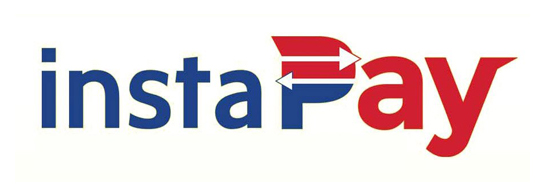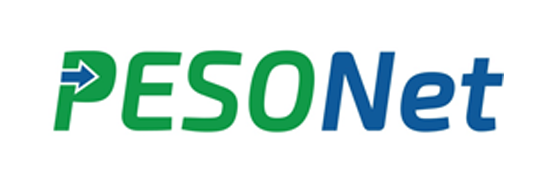All Categories



Sophos CS101-8FP Switch - 8 Port with Full PoE - US Power Cord (C18CTCHUS)
Share Tweet








Sophos CS101-8FP Switch - 8 Port with Full PoE - US Features
-
Device Type: Switch - 8 ports - managed, Enclosure Type: Desktop, wall-mountable, Subtype: Gigabit Ethernet, Ports: 8 x 10/100/1000 (PoE+) + 2 x Gigabit SFP, Power Over Ethernet (PoE) PoE+
-
PoE Budget: 110 W, Performance: Switching capacity: 20 Gbps, Capacity: Virtual interfaces (VLANs): 256, Packet buffer size: 512 KB, Total 15.4 W PoE ports: 7, Total 30 W PoE+ ports: 3
-
MAC Address Table Size: 8K entries, Jumbo Frame Support: 9KB, Routing Protocol: Static IP routing
-
RAM: 256 MB, Flash Memory: 32 MB, Status Indicators: Power, PoE, LAN, link/activity, fault, PoE max
-
Interfaces: 8 x 10/100/1000 Base-T RJ-45 PoE+, 2 x 1000Base-X SFP
About Sophos CS101-8FP Switch - 8 Port With Full PoE - US
CS101-8FP Sophos Switch - 8 port with Full PoE - US power cord Connectivity, Power, and Control The Sophos Switch Series offers a range of 8-, 24-, and 48-port network access layer switches to connect and power the devices on your Local Area Network (LAN). Switchesput you in control of device access with port security and VLAN segmentation and add quality of Service at the all-important access layer. Many Ways to Manage a Switch Your Sophos switches can be managed in different ways. Use Sophos Central for management and visibility alongside your other Sophos solutions, or open the local Web interface, Command Line Interface or use SNMP for additional configuration options. Simple Setup and Deployment Sophos Switches are very easy to set up and deploy. Simply enter the serial number of your switch in Sophos Central and click register to start the process. Your switches will be up and running in minutes. SMB and SD-Branch Use Cases Sophos switches suit the connectivity needs of many organizations: remote and home offices, small and medium-sized businesses, retail outlets, and branch offices. Add switches to extend your SD-Branch deployments using our full range of Secure Access products for both LAN and Service Edge access. One Vendor. One View. Rather than adding complexity and security risk, Sophos switches seamlessly integrate with your existing Sophos solutions and so remove the risks of multi-vendor deployments. New and existing customers, resellers, and managed service providers benefit from having a single vendor for the full network stack.
























